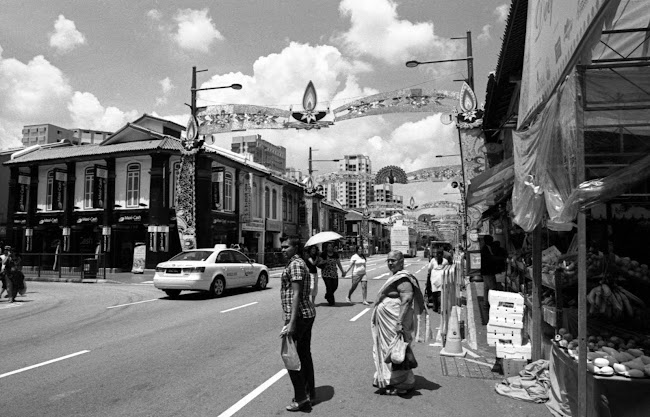Been noticing in some B&W shots that i lack some contrast although am not sure that is caused by the scan.
Someone suggested i use a coloured filter and i have been reading up on that ever since. Quite a few websites suggest it is a good idea, with yellow-orange-red filters showing increasing contrast.
I wonder if many of you who shoot B&W film do use a coloured filter and if so, which one?
Someone suggested i use a coloured filter and i have been reading up on that ever since. Quite a few websites suggest it is a good idea, with yellow-orange-red filters showing increasing contrast.
I wonder if many of you who shoot B&W film do use a coloured filter and if so, which one?





